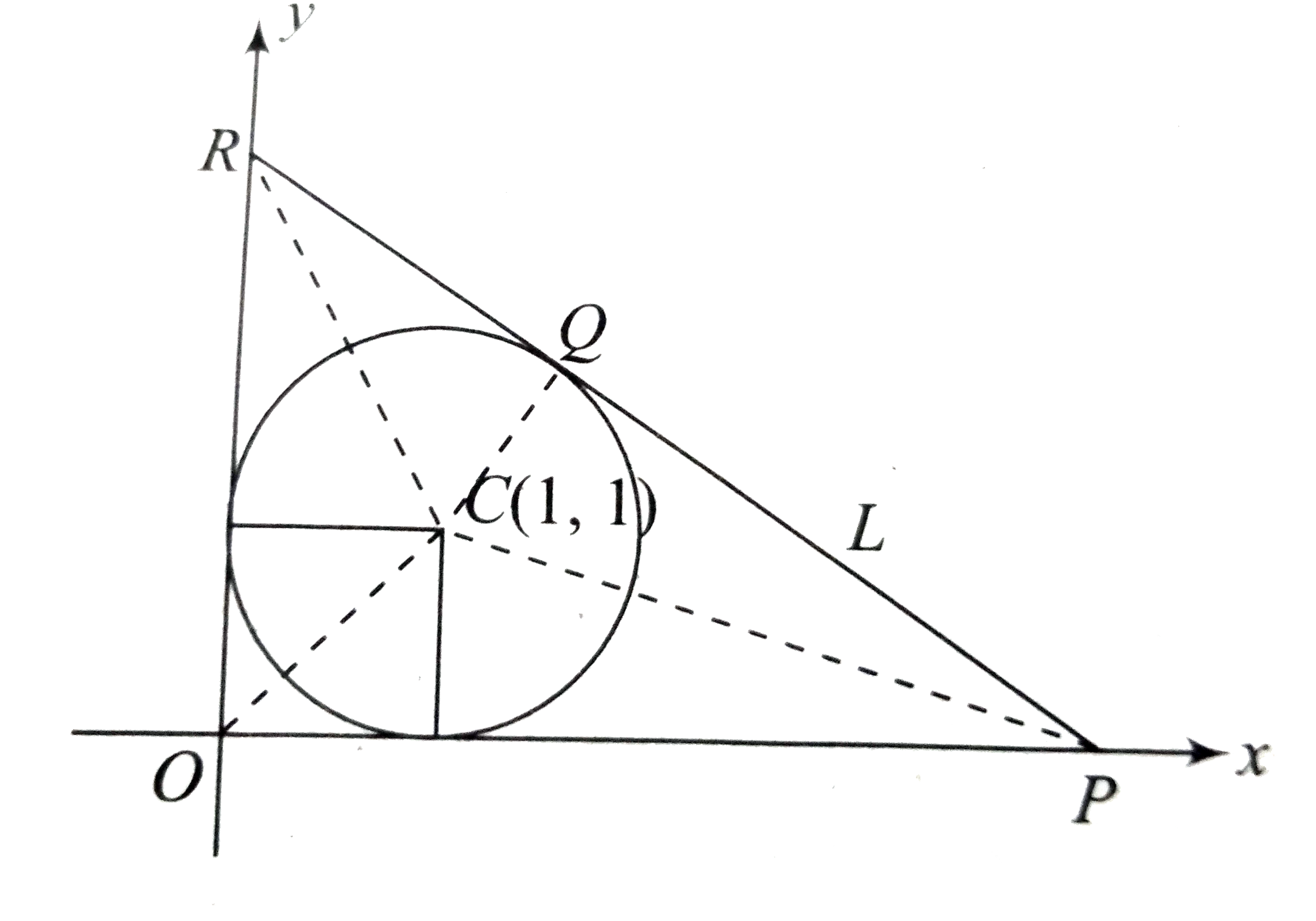The polynomial x6+4x5+3x4+2x3+x+1 is divisible by_______ where ω is one of the imaginary cube roots of unity. (a) x+ω (b) x+ω2 (c) (x+ω)(x+ω2) (d) (x−ω)(x−ω2)
x+ω
x+ω2
(x+ω)(x+ω2)
(x+ω)(x−ω2)
The correct Answer is:D
Let f(x)=x6+4x5+3x4+2x3+x+1. Hence,
f(ω)=ω6+4ω5+3ω4+2ω3+ω+1
=1+4ω2+3ω4+3ω+2+ω+1
=4(ω2+ω+1)
=0
Hence, f(x) is divisible by x−ω Then f(x) is also divisible by x−ω2 (as complex roots occur in conjugate pairs).
f(−ω)=(−ω)6+4(−omeaga)5+3(−ω)4+2(−ω)3+(−ω)+1
=ω6−4ω5+3ω4−2ω3−ω+1
=1−4ω2+3ω−2−ω+1
≠0.
Topper's Solved these Questions
- COMPLEX NUMBERSBook:CENGAGE ENGLISHChapter:COMPLEX NUMBERSExercise:MULTIPLE CORRECT ANSWERS TYPE
Explore 49 Videos
- COMPLEX NUMBERSBook:CENGAGE ENGLISHChapter:COMPLEX NUMBERSExercise:LINKED COMPREHENSION TYPE
Explore 36 Videos
- COMPLEX NUMBERSBook:CENGAGE ENGLISHChapter:COMPLEX NUMBERSExercise:EXERCISE3.11
Explore 6 Videos
- CIRCLESBook:CENGAGE ENGLISHChapter:CIRCLESExercise:Comprehension Type
Explore 8 Videos
- CONIC SECTIONSBook:CENGAGE ENGLISHChapter:CONIC SECTIONSExercise:All Questions
Explore 101 Videos
Similar Questions
If z=ω,ω2whereω is a non-real complex cube root of unity, are two vertices of an equilateral triangle in the Argand plane, then the third vertex may be represented by z=1 b. z=0 c. z=−2 d. z=−1
View SolutionConsider the complex number z=1−isinθ1+icosθ.
The value of θ for which z is purely real are
View SolutionIf α is complex fifth root of unity and (1+α+α2+α3)2005=p+qα+rα2+sα3 (where p,q,r,s are real), then find the value of p+q+r+s.
View Solution
In the diagram as shown, a circle is drawn with centre C(1,1) and radius 1 and a line L. The line L is tangent to the circle at Q. Further L meets the y-axis at R and the x-axis at P in such a way that the angle OPQ equals θ where 0<θ<π2.
Area of triangle OPR when θ=π/4 is
View SolutionGiven that A(1,1) and B(2,−3) are two points and D is a point on AB produced such that AD=3AB. Find the coordinates of D.
View SolutionThe polynomial x6+4x5+3x4+2x3+x+1 is divisible by_______ where w is the cube root of units x+ω b. x+ω2 c. (x+ω)(x+ω2) d. (x−ω)(x−ω2) where ω is one of the imaginary cube roots of unity.
View SolutionIf x=ω−ω2−2 then , the value of x4+3x3+2x2−11x−6 is (where ω is a imaginary cube root of unity)
View SolutionIf ω is a cube root of unity, then for polynomila is
∣∣ ∣ ∣∣x+1ωω2ωx+ω21ω21x+ω∣∣ ∣ ∣∣
View SolutionIf 1,ω,ω2 are the cube roots of unity prove that
x2+4x+7=0 where x=ω−ω2−2.
View SolutionIf ω is a cube root of unity , then ∣∣ ∣ ∣∣x+1ωω2ωx+ω21ω21x+ω∣∣ ∣ ∣∣ =
View SolutionIf ω be an imaginary cube root or unity, prove that
(x+yω+zω2)4+(xω+yω2+z)4+(xω2+y+zω)4=0
View SolutionIf ω is an imaginary cube root of unity and ∣∣ ∣ ∣∣x+ω2ω1ωω21+x1x+ωω2∣∣ ∣ ∣∣ = 0 , then one of the values of x is
View SolutionThe polynomial x6+4x5+3x4+2x3+x+1 is divisible by_______ where ω is one of the imaginary cube roots of unity. (a) x+ω (b) x+ω2 (c) (x+ω)(x+ω2) (d) (x−ω)(x−ω2)
View SolutionIf x=ω−ω2−2 then , the value of x4+3x3+2x2−11x−6 is (where ω is a imaginary cube root of unity)
View SolutionIf x=ω−ω2−2 then , the value of x4+3x3+2x2−11x−6 is (where ω is a imaginary cube root of unity)
View SolutionThe polynomial x6+4x5+3x4+2x3+x+1 is divisible by: (where ω is one of the imaginary cube roots of unity)
View Solution
